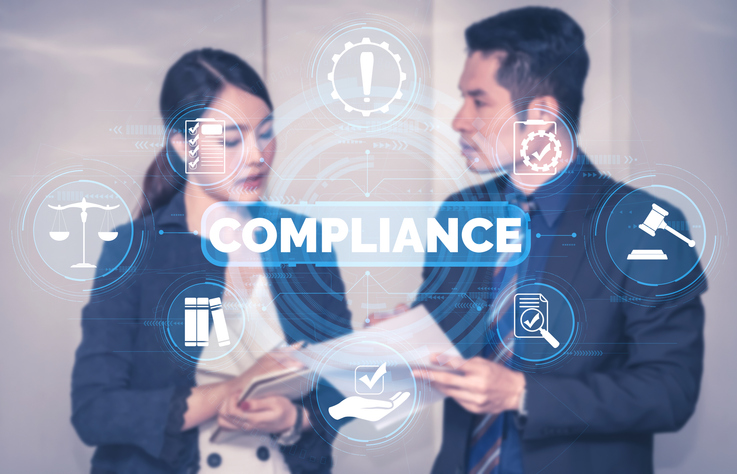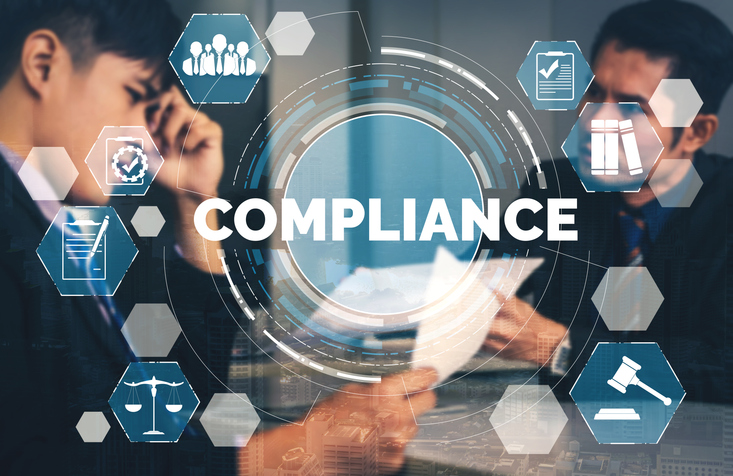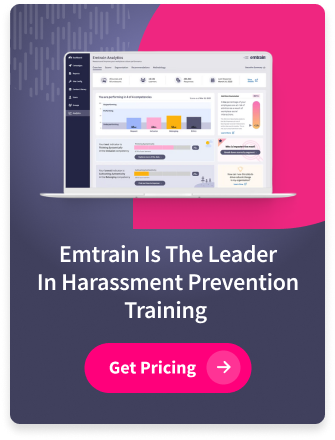Understanding workplace discrimination laws begins with a simple but vital concept: protected classes. If you’re an employer, HR leader, or people manager, knowing who is protected, and how, is critical to compliance and creating a respectful, equitable workplace.
From hiring decisions to promotions, workplace harassment to reasonable accommodations, EEOC protected classes are the cornerstone of U.S. anti-discrimination law.
What Are EEOC Protected Classes?
The Equal Employment Opportunity Commission (EEOC) is the federal agency responsible for enforcing anti-discrimination laws in the workplace. Under federal law, the EEOC identifies several protected characteristics that cannot be used as the basis for employment decisions. These characteristics form what are commonly referred to as protected classes.
When a person is treated unfairly at work due to belonging to one of these classes, it may be considered employment discrimination, and grounds for filing an EEOC complaint.
List of EEOC Protected Classes
Here are the primary protected classes recognized by the EEOC under various federal laws:
- Race
Protection from discrimination based on physical characteristics, skin color, or ancestry. - Color
Closely related to race, but distinct. Refers to the shade or tone of skin, regardless of racial identity. - National Origin
Protection for individuals because they or their ancestors come from a particular country or part of the world. - Religion
Includes traditional organized religions and sincerely held religious, ethical, or moral beliefs. - Sex (including pregnancy, sexual orientation, and gender identity)
Expanded by the Supreme Court in 2020 to include LGBTQ+ protections under Title VII of the Civil Rights Act. - Disability
Covered under the Americans with Disabilities Act (ADA). This includes both physical and mental impairments that substantially limit major life activities. - Age (40 and over)
Protected under the Age Discrimination in Employment Act (ADEA). It’s illegal to favor younger employees over older ones simply based on age. - Genetic Information
Protected under GINA—the Genetic Information Nondiscrimination Act. This includes genetic test results and family medical history. - Retaliation
While not a protected class itself, the law protects employees from retaliation when they assert their rights under EEOC laws. For example, by reporting harassment or filing a complaint.
Why EEOC Protected Classes Matter in the Workplace
Employers must ensure that they do not let protected characteristics influence decisions related to hiring, firing, pay, promotions, training, and workplace conditions. Also, violating these protections can result in costly legal consequences, including EEOC investigations, lawsuits, and reputational harm.
Beyond compliance, acknowledging and respecting protected classes supports a culture of inclusion, fairness, and trust. It shows employees that your organization prioritizes equity and is proactive about preventing workplace discrimination and harassment.
How to Incorporate EEOC Protections into Your Workplace Culture
To reduce risk and improve culture, organizations should:
- Educate employees and managers through harassment prevention training, unconscious bias training, and regular ethics training.
- Conduct policy reviews to ensure anti-discrimination policies are current and aligned with EEOC guidelines.
- Use data and analytics to measure inclusion and detect potential risks early.
- Encourage open communication and anonymous reporting channels.
- Model inclusive leadership behaviors at all levels of the organization.
EEOC Enforcement and Employee Rights
Employees who believe they’ve faced discrimination can file a discrimination charge with the EEOC. Afterward, the agency will conduct an investigation and, if necessary, proceed with enforcement action. The process can include mediation, legal findings, or referral for civil litigation.
For employers, preventing discrimination claims begins with proactive education and a solid code of conduct that clearly outlines expectations and processes for reporting and resolution.
Conclusion
Understanding EEOC Protected Classes is foundational to preventing discrimination and building a healthy workplace culture. At Emtrain, we help organizations stay compliant and inclusive with training that teaches the why behind workplace rules, not just the legal definitions.
Our training programs use real-world scenarios, embedded surveys, and actionable insights to help you identify workplace trends, measure inclusion, and reduce risk. Knowledge isn’t just power. It’s protection.








